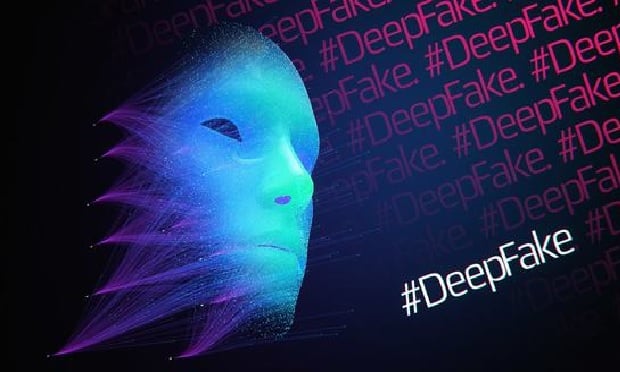 Common deepfake techniques include editing attributes such as hair and eye color, changing someone's voice and even transferring facial expressions from one video or photo to another. (Photo: Sono Creative/Adobe Stock)
Common deepfake techniques include editing attributes such as hair and eye color, changing someone's voice and even transferring facial expressions from one video or photo to another. (Photo: Sono Creative/Adobe Stock)
Technology is making possible what we previously thought was unimaginable. Photos and audio of the deceased can now be brought to life. Advanced editing technology, once the exclusive domain of the movie industry, is now available to the average internet Joe. Anyone can download a mobile phone app, pose as a celebrity, de-age themselves, or add realistic visual effects that can spruce up their online avatars and virtual identities. All this and more can be made possible through deepfake technology — basically a form of artificial intelligence (AI) capable of creating synthetic audio, video, images and virtual personas.
|Common deepfake techniques
Early forms of deepfakes were low-quality audio, video or images that were falsified by amateurs who superimposed ordinary faces on movie clips or made celebrities say absurd things. This digital manipulation has matured to create media that is often indiscernible to the naked eye.
Recommended For You
Want to continue reading?
Become a Free PropertyCasualty360 Digital Reader
Your access to unlimited PropertyCasualty360 content isn’t changing.
Once you are an ALM digital member, you’ll receive:
- Breaking insurance news and analysis, on-site and via our newsletters and custom alerts
- Weekly Insurance Speak podcast featuring exclusive interviews with industry leaders
- Educational webcasts, white papers, and ebooks from industry thought leaders
- Critical converage of the employee benefits and financial advisory markets on our other ALM sites, BenefitsPRO and ThinkAdvisor
Already have an account? Sign In Now
© 2025 ALM Global, LLC, All Rights Reserved. Request academic re-use from www.copyright.com. All other uses, submit a request to [email protected]. For more information visit Asset & Logo Licensing.








